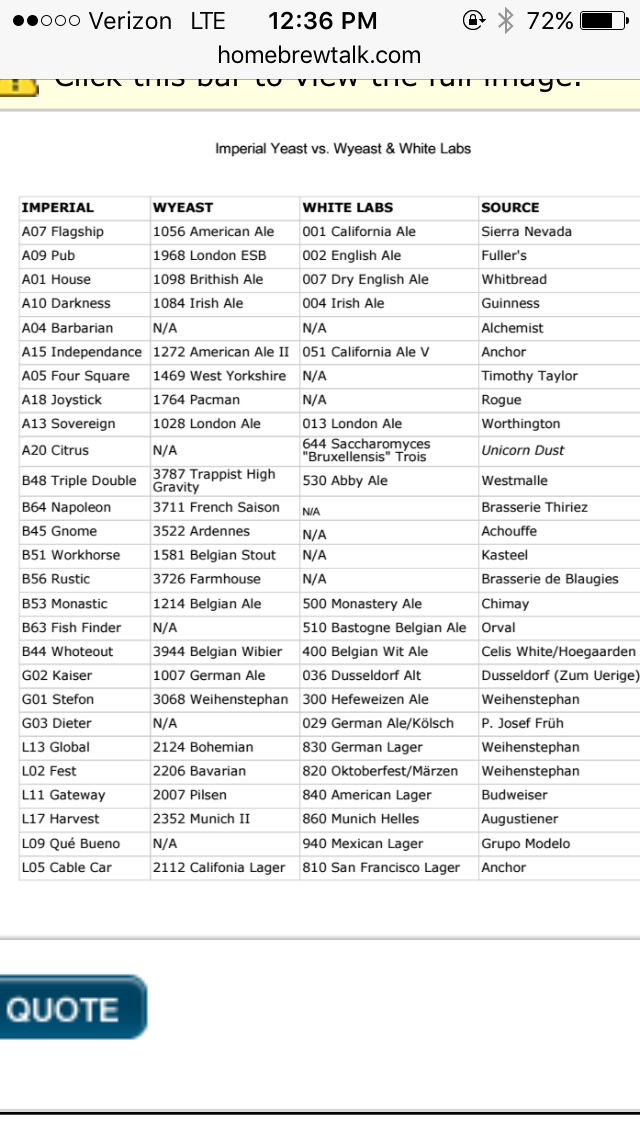Does anybody have any experience with Imperial A20 Citrus and/or WLP644?
I'm curious to know what temps works best in YOUR experiences and what types of beers work well with these "Sacc Trois" type yeasts.
Also, Id be happy to learn more about this strain if you have any other inputs.
Thanks :]
I'm curious to know what temps works best in YOUR experiences and what types of beers work well with these "Sacc Trois" type yeasts.
Also, Id be happy to learn more about this strain if you have any other inputs.
Thanks :]




















![Craft A Brew - Safale S-04 Dry Yeast - Fermentis - English Ale Dry Yeast - For English and American Ales and Hard Apple Ciders - Ingredients for Home Brewing - Beer Making Supplies - [1 Pack]](https://m.media-amazon.com/images/I/41fVGNh6JfL._SL500_.jpg)





































